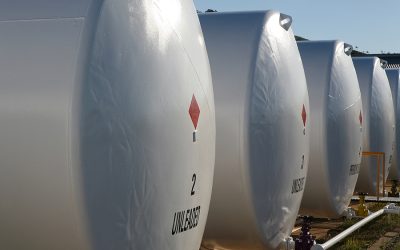Asset-for-share transactions qualify for relief under the corporate rule in section 42 of the Income Tax Act (‘the ITA’). In the course of advising on these transactions or reviewing transactions proposed to taxpayers, I realised that taxpayers are often not aware of the full effect of applying this relief. This article shares some perspectives in this regard.
The deferral mechanism
An asset-for-share transaction involves that a person (transferor) transfers an asset to a company and the company issues equity shares to the transferor as consideration. There are a number of further requirements to qualify for the relief. I have not considered these here as the focus of this article is not the definition and its requirements.
The relief afforded to asset-for-share transactions include:
- The transferor is deemed to have disposed of the asset to the company for an amount equal to the base cost for a capital asset or tax cost of trading stock, resulting in no gain or loss.
- This same amount is generally added to the contributed tax capital of the company.
- The transferor is deemed to have acquired the shares in the company for a cost equal to allowable base cost expenditure of a capital asset or tax cost of trading stock.
- If the transferor claimed allowances in respect of the asset, no recoupment arises. The company is not entitled to allowances already deducted by the transferor. When the company disposes of the asset, the allowances previously claimed by the transferor are recouped by the company.
Practical illustration
The effect of this deferral mechanism is best illustrated by an example. A transferor taxpayer (’T’) acquired a property held as a capital asset for R2 million in 2005. To keep the illustration simple, it is assumed that T was not entitled to claim allowances in respect of the property. The property has a market value of R5 million. T disposes of the property to a company (‘Co’) in terms of an asset-for-share transaction. In exchange, Co issues all its issued shares to T. The result of the relief is the following:
- T is deemed to have disposed of the property to Co for R2 million. Since this is equal to the base cost of the property for T, there is no gain or loss for T on the disposal.
- T is deemed to have acquired the shares of Co for R2 million.
- Co is deemed to have acquired the property for R2 million.
- Co’s contributed tax capital is increased by R2 million.
If Co were to dispose of the property for R5 million, a capital gain of R3 million will arise in its hands. Since the shares of Co derive their value from the underlying assets, in this instance the property, the value of the shares would also be approximately R4,3 million (value of the property less the effect of the future tax on disposal thereof in the hands of Co). If T were to dispose of the shares of Co, a capital gain R2,3 million should arise. This gain is attributable to the value of the property and the taxable gain that was deferred using the relief afforded by section 42 of the ITA.
The above can be perceived as a duplication of the gain. It is submitted that this outcome is arguably no different to what it would have been, had T capitalised Co with R2 million in 2005 and Co used these funds to acquire the property at that time. The outcome may however be different if T were to transfer assets that qualified for allowances in the hands of T to Co.
In conclusion
Taxpayers who use the roll-over relief available for asset-for-share transactions should have a clear understanding of the tax implications of the formation of a company and subsequent realisation of the value of the shares (generally through dividends or sale). This effect must be taken into account in the taxpayer’s overall strategy with the underlying assets and the group structure following the asset-for-share transaction. There may be instances where it could be sensible to elect not to use the relief afforded by section 42 if its overall effect is considered.








